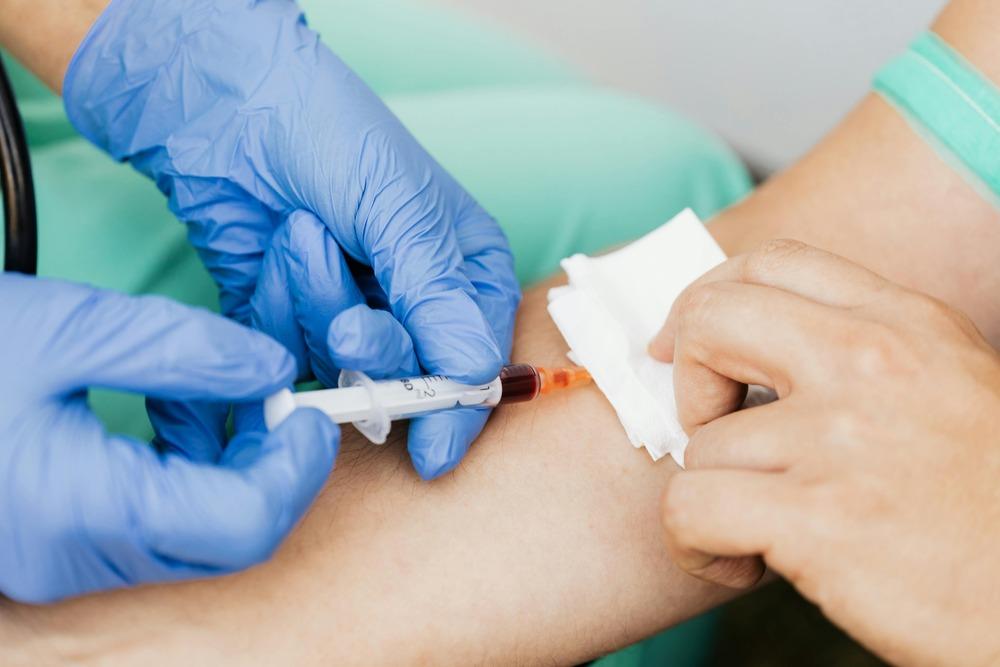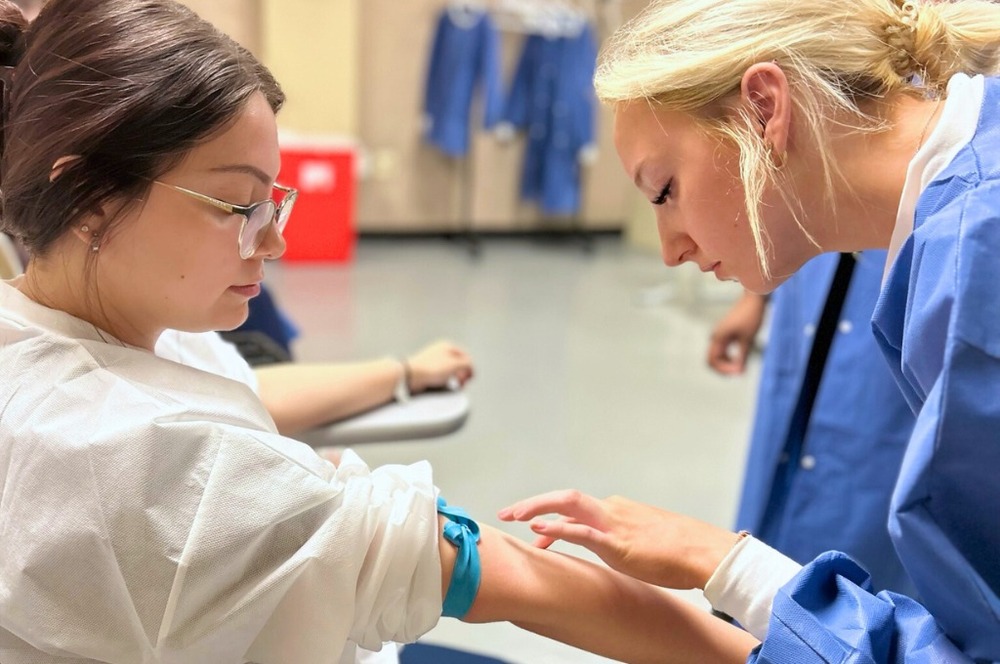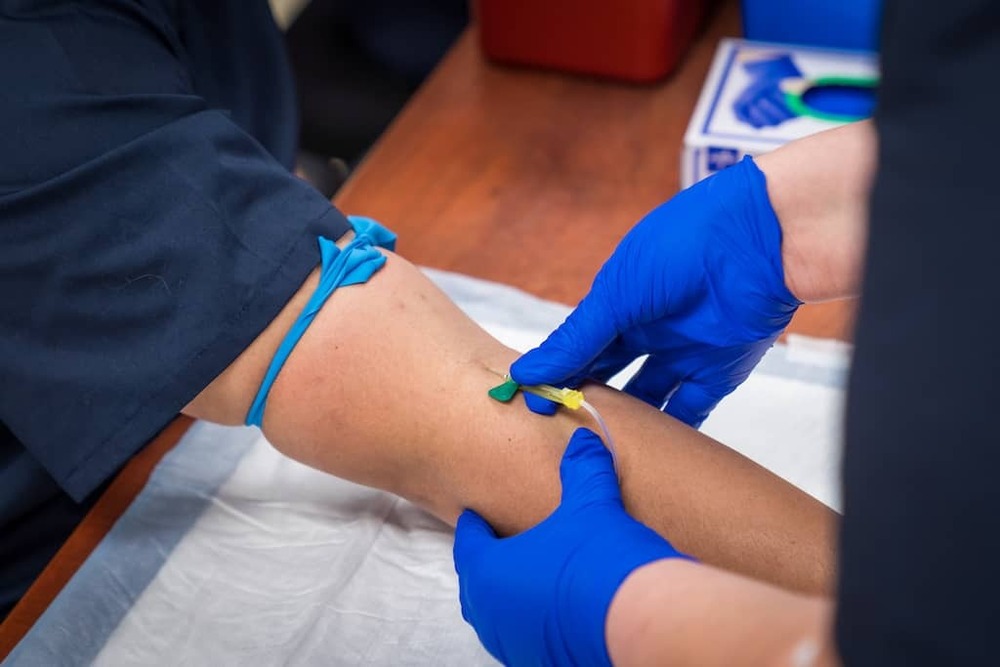In today’s fast-paced world, many individuals over the age of 40 are considering a career change. Whether it’s due to job dissatisfaction, the desire for a more fulfilling role, or the need for better work-life balance, the reasons for making a shift can be numerous. One career that has gained significant traction among those looking to pivot is phlebotomy. This blog will explore why phlebotomy is an excellent choice for second careers, especially for those over 40, and provide some compelling statistics to support this transition.

The Growing Demand for Phlebotomists
The healthcare industry is booming, and with it, the demand for skilled professionals is on the rise. According to the U.S. Bureau of Labor Statistics, employment for phlebotomists is projected to grow by 22% from 2020 to 2030, much faster than the average for all occupations. This growth is driven by an aging population and an increasing number of medical tests that require blood draws.
Key Statistics on Phlebotomy Careers
| Statistic | Value |
|---|---|
| Average Salary | $36,000 per year 💰 |
| Job Growth Rate | 22% (2020-2030) 📈 |
| Required Training | 4-8 months of training ⏳ |
| Certification Options | ASCP, NHA, APTA 🏅 |
| Average Age of Phlebotomists | 40+ years old 👩⚕️👨⚕️ |
As you can see from the table above, the average salary for phlebotomists is quite competitive, especially considering the relatively short training period. This makes it an attractive option for those looking to switch careers without investing years in education.
Why Phlebotomy is Ideal for Those Over 40
-
Short Training Period: Unlike many other healthcare professions that require extensive education, phlebotomy training can often be completed in just a few months. This allows individuals to quickly transition into the workforce and start earning.
-
Flexible Work Hours: Many phlebotomists work in hospitals, clinics, or labs that offer flexible hours. This flexibility can be particularly appealing for those who may have family commitments or other responsibilities.
-
Job Satisfaction: Phlebotomists play a crucial role in patient care. They are often the first point of contact for patients undergoing tests, and their work can significantly impact patient outcomes. This sense of purpose can lead to higher job satisfaction.
-
Diverse Work Environments: Phlebotomists can work in various settings, from hospitals to blood donation centers to private practices. This diversity allows individuals to find a work environment that suits their preferences.
-
Opportunities for Advancement: Starting as a phlebotomist can open doors to other healthcare roles. Many phlebotomists go on to pursue further education in nursing, laboratory technology, or other medical fields.
The Financial Aspect of Changing Careers
Transitioning to a new career can be daunting, especially when considering financial implications. However, phlebotomy offers a relatively quick return on investment. Here’s a breakdown of potential costs and earnings:
Cost vs. Earnings in Phlebotomy
| Expense | Estimated Cost |
|---|---|
| Training Program | $1,500 - $3,000 💵 |
| Certification Exam | $100 - $200 |
| Average Starting Salary | $36,000 per year |
| Potential Salary After 5 Years | $45,000 - $50,000 |
As illustrated in the table, the initial investment in training and certification is relatively low compared to the potential earnings. This makes phlebotomy a financially viable option for those looking to change careers later in life.
How to Get Started in Phlebotomy
If you’re considering a career in phlebotomy, here are some steps to help you get started:
-
Research Training Programs: Look for accredited phlebotomy programs in your area. Many community colleges and vocational schools offer courses that can be completed in a few months.
-
Get Certified: After completing your training, consider obtaining certification from a recognized organization such as the American Society for Clinical Pathology (ASCP) or the National Healthcareer Association (NHA). Certification can enhance your job prospects.
-
Gain Experience: Many programs include hands-on training, but consider seeking internships or volunteer opportunities to gain additional experience.
-
Network: Join professional organizations or online forums to connect with other phlebotomists. Networking can lead to job opportunities and valuable advice.
-
Stay Informed: The healthcare field is always evolving. Stay updated on industry trends and advancements to remain competitive in the job market.
Conclusion
Changing careers at 40+ can be a daunting yet rewarding experience. Phlebotomy offers a unique opportunity for those looking to enter the healthcare field without the lengthy commitment of traditional medical training. With a growing job market, competitive salaries, and the chance to make a difference in people’s lives, phlebotomy is an excellent choice for a second career.
If you’re ready to take the plunge, consider exploring local training programs and certification options. The journey to a fulfilling new career could be just a few months away! 🌟
For more information on phlebotomy training and career opportunities, check out Phlebotomy Training Online and American Society for Clinical Pathology.




